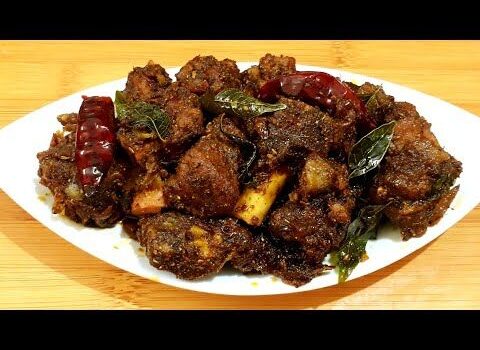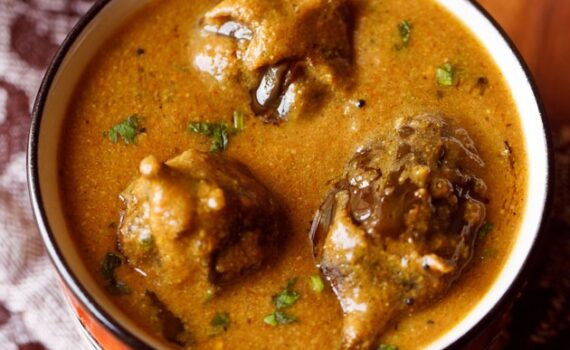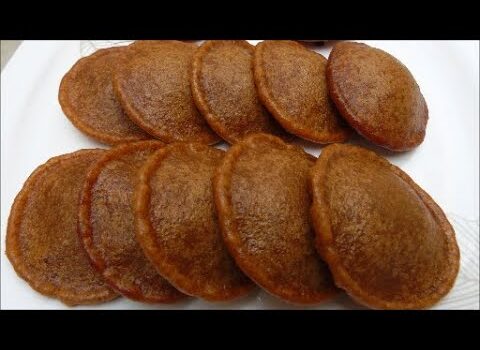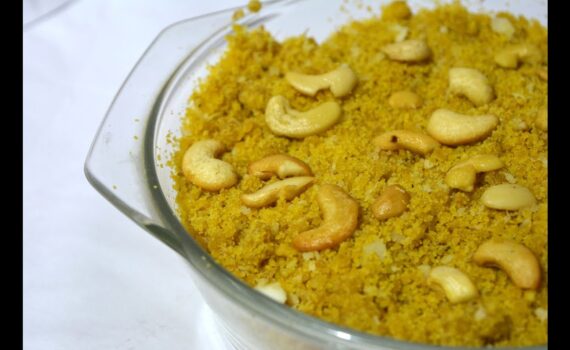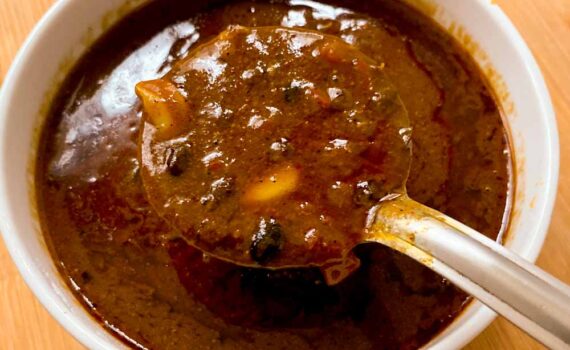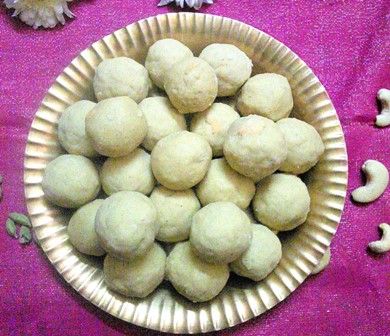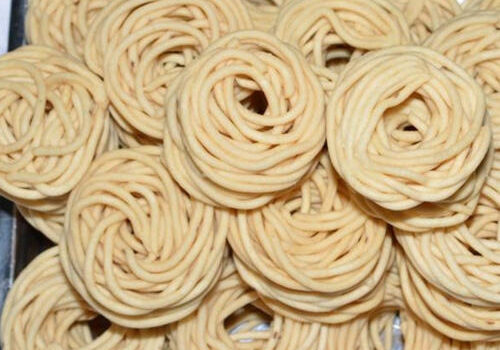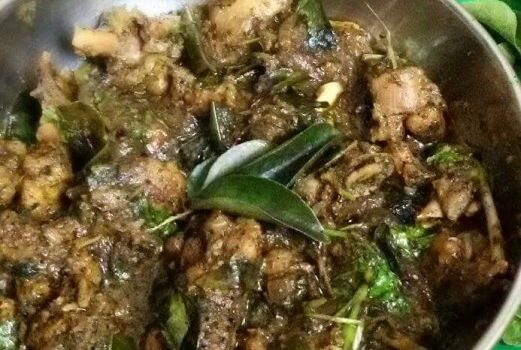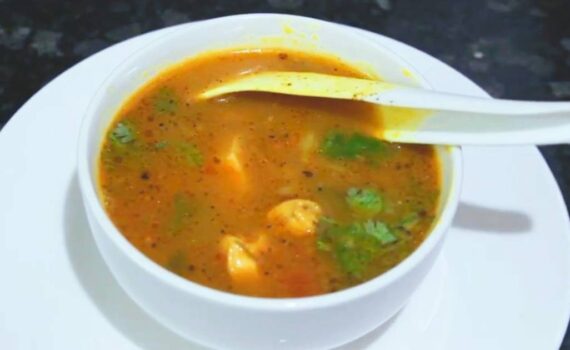
Naatu Kozhi Soup
Category : Samayal Contract
Naatu kozhi soup, the country chicken soup recipe, is nutritious, delicious, and cosy.
Nattu Kozhi Soup is a delicious and nutritious soup made from country chicken. This soup aids in the treatment of common colds and fevers. We’re also adding spices like pepper and cumin, which boost the immune system and aid with cold symptoms. It boosts stamina and allows you to recover quickly from illness or excessive exhaustion. Aside from all of these health benefits, nothing beats a bowl of warm country chicken soup on a wet day.
Ingredients
- 250 g chicken, country
- ten tiny onions
- a single tomato
- 3 tablespoons gingelly oil
- 1 teaspoon sambar powder
- 1 teaspoon turmeric powder
- 2 tablespoons ginger garlic paste
To Grind:
- 1 garlic clove
- Grinder:
- 2 teaspoons black pepper
- 2 tablespoons seeds of coriander
- 1 teaspoon cumin seeds
- 1 teaspoon fennel seeds
- 1 curry leaf sprig
- 5 onions, tiny
- 1 red pepper
Instructions
- Except for the little onion, combine all of the ingredients specified under To Grind in a mixie jar. Grind into a fine powder. Then add little peeled onions.
- Using a little water, grind into a smooth puree. Set this aside for now. Wash the country chicken pieces thoroughly.
- Now, using a mortar and pestle, lightly smash the chicken pieces. Don’t break it, just squish it a little.
- The chicken pieces are now ready. Heat the gingelly oil in a pressure cooker. Then stir in the bay leaf, cloves, fennel seeds, curry leaves, and onion. Cook until the onions are tender.
- Combine the ginger garlic paste and soy sauce in a mixing bowl. Once the raw smell has faded, toss in the diced tomatoes. Cook until the tomatoes are soft.
- Sauté the chicken chunks for 2 minutes.
- Then add the ground masala, mix, and cook for 2 minutes.
- Add enough water, a teaspoon or less of sambar powder, and salt to taste.
- Allow it to come to a boil. Finally, stir in the gingelly oil.
- Pressure Cook for 8 to 10 minutes, depending on the size of the pot. Once all of the pressure has been released, reheat the soup and add more water if necessary. Check the salt and add more if necessary. Naatu kozhi soup, which is hot and nourishing, is now ready!! Serve with chopped coriander leaves on top. While serving, you can additionally drizzle with gingelly oil (Indian sesame oil).
Notes
- The use of sambar powder is optional. If you don’t want to, simply skip it.
- Water may have been lowered after pressure cooking. So give it a taste and add extra water if necessary.
- Cooking time for country chicken is slightly longer than for standard chicken.
- You can marinate one or two tablespoons of curd with chicken pieces for 30 minutes before cooking. This may aid in the tenderness of the chicken once it has been cooked.
